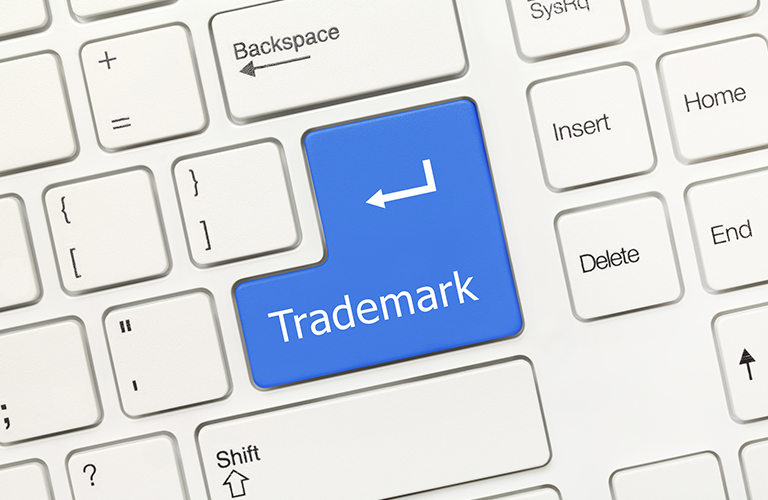
On June 26, 2017, the U.S. Patent and Trademark Office (USPTO) issued Examination Guide 1-17 to address the Supreme Court’s decision Matal v. Tam, 582 U.S. ___ (2017), which held that the disparagement provision in Section 2(a) of the Lanham Act, 15 U.S.C. § 1052(a), constitutes viewpoint discrimination and is facially unconstitutional under the First Amendment’s Free Speech Clause.
Starting in March 2016, the USPTO began suspending applications for marks subject to refusal under the disparagement and scandalousness provisions of Section 2(a) pending decisions on the constitutionality of these provisions in Tam (disparagement) and In re Brunetti, No. 15-1109 (Fed. Cir.) (scandalousness). Based on Tam, the portions of the Trademark Manual of Examining Procedure (TMEP) § 1203 relating to examination under the disparagement provision will no longer apply, and any applications suspended on that basis will be removed from suspension and examined for any other requirements or refusals. Applications that were abandoned after refusal and past the deadline for revival may be the subject of new applications.
The Examination Guide clarifies that the USPTO will continue to suspend any applications subject to refusal based on the scandalousness provision of Section 2(a) pending a decision in In re Brunetti. The Federal Circuit has recently ordered the parties to submit supplemental briefing in Brunetti regarding the applicability of the Tam decision.
It is interesting to note that the U.S. Department of Justice, arguing on behalf of the USPTO, previously suggested in a January 21, 2016 brief filed in the Brunetti case that disparaging and scandalous marks should be handled in the same manner:
“[A]fter careful review of the [Federal Circuit’s] entire opinion [in Tam], we do not believe that Section 2(a)’s prohibition on the registration of scandalous and immoral marks can withstand a challenge under the current law of the Circuit.”
Accordingly, by the DOJ’s own reasoning, the holding of unconstitutionality in Tam on the prohibition of registration of disparaging marks should extend to immoral and scandalous marks.
Notably, the USPTO has already seen an increase in the number of applications for both disparaging and scandalous marks, and we expect that this trend will continue.
For more information on this topic, contact your Intellectual Property counsel at Smith, Gambrell & Russell, LLP.

